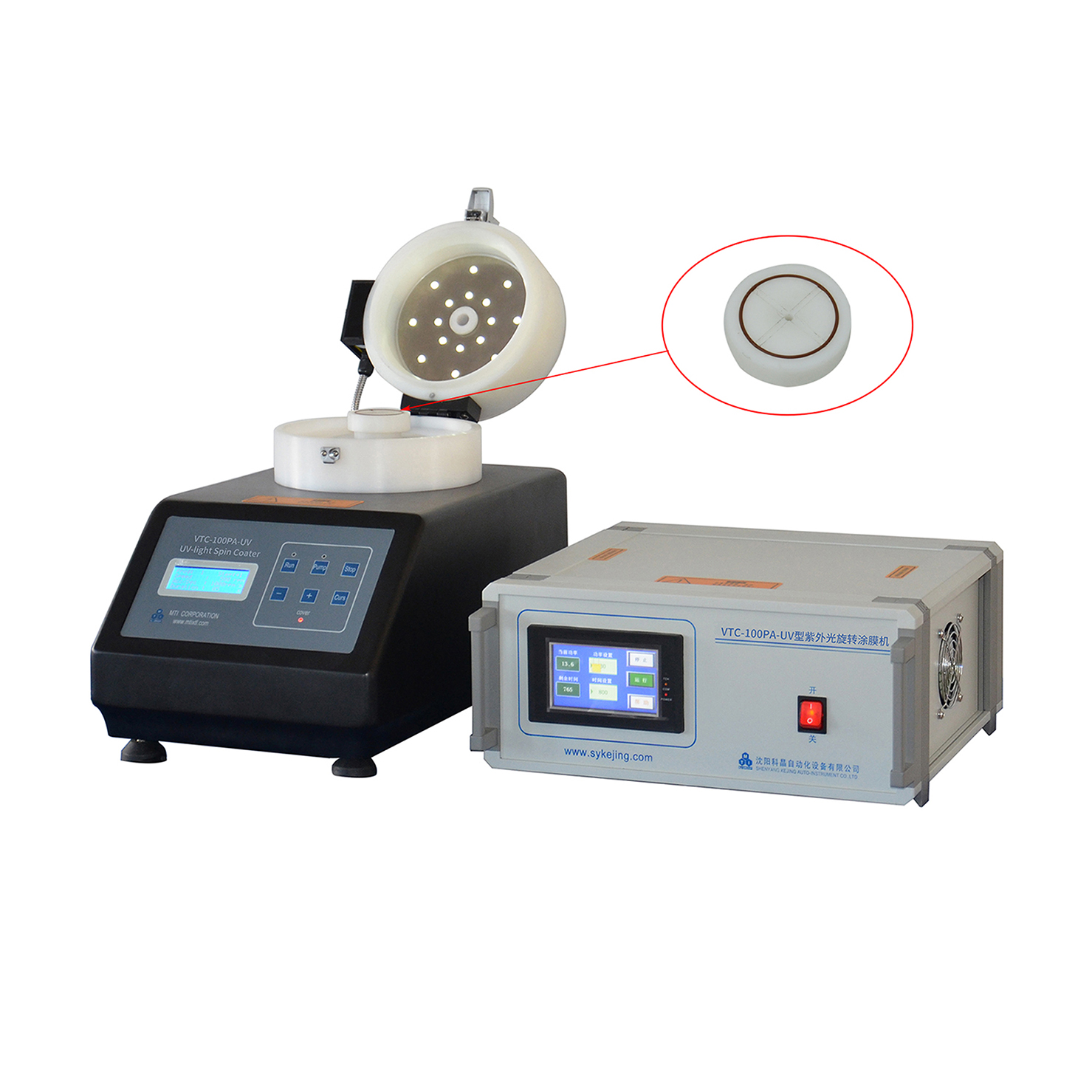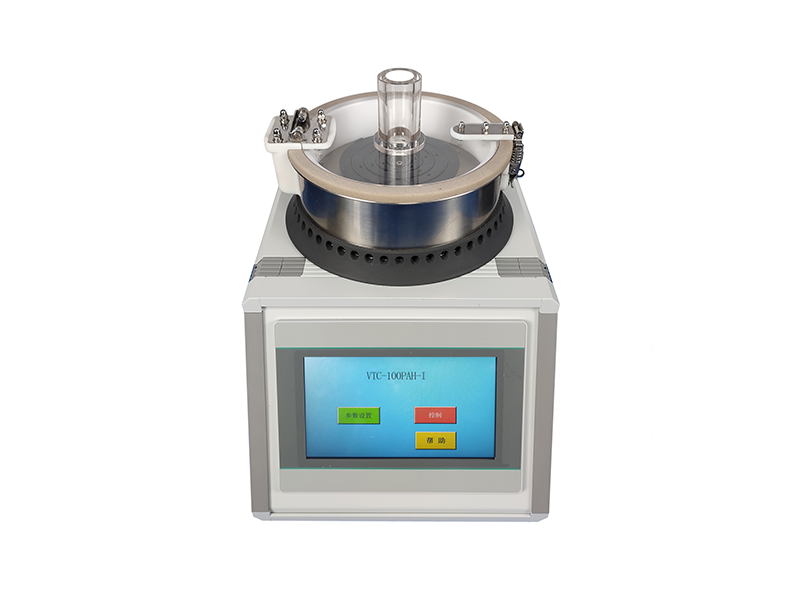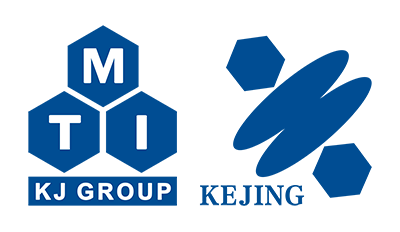
Application of Spin Coater in Semiconductor Photolithography Process
2025-06-16 11:07The semiconductor photolithography process must be carried out in a clean room, and the level of the clean room must meet the requirements of the semiconductor photolithography process. The purpose of photolithography is to transfer the pattern of the mask to the photoresist, and then transfer the pattern of the photoresist to the surface of the silicon wafer through etching.
Basic process of photolithography:
Glue coating: When coating, use the VTC-100PA-UV ultraviolet light spin coater manufactured by our company to evenly coat the photoresist on the surface of the silicon wafer. The film thickness is inversely proportional to the square root of the rotation speed.
(T1/T2)2=(S2/S1)
Pre-baking: After coating, use the HT-150 precision glue baking machine to pre-bake the silicon wafer to remove the solvent in the glue, thereby improving the adhesion of the colloid on the surface of the silicon wafer, improving the anti-mechanical friction ability of the colloid film, and reducing the stress inside the film formed by high-speed rotation. Generally, the temperature range of pre-baking is 90-120℃, and the baking time is in the range of 60-120s.

Exposure: After pre-baking, the silicon wafer with film is moved into the VTC-100PA-UV ultraviolet spin coater for exposure. The light is irradiated to the photoresist film on the surface of the silicon wafer through the mask. The film irradiated by the light undergoes a chemical reaction. The photoresist in the photosensitive area and the non-photosensitive area has different solubility in the alkaline solution, so that the pattern of the mask is completely transferred to the surface of the silicon wafer. In general, the ultraviolet light source selected for exposure is in the range of 180~330nm. The longer the wavelength, the greater the energy and the shorter the exposure time. The specific exposure light source and time should be determined according to different processes.
Development: There are usually two development methods, one is immersion development and the other is rotary spray development. In this process flow, the rotary spray method is used for development, and the equipment selected is VTC-200-4P spray rotary film machine. A certain concentration of developer is sprayed on the surface of the photoresist film after atomization, so that part of the photoresist in the exposure area and the non-exposure area is dissolved, so that the latent image in the film appears. The photoresist pattern left after development is used as a mask in the subsequent etching process.
Film hardening: After development, the heated upper cover of the VTC-200-4P spray spin coater is directly used to bake the film again to further evaporate the residual solvent in the glue, so that the residual solvent content in the glue is minimized and the glue film is hardened.
Etching: The colloid in the area not masked by the resist is removed by the corrosion process, leaving the pattern of the part masked by the resist.
Degumming: Using the VTC-200-4P spray spin coater to use the wet degumming process, the organic solvent is dripped on the photoresist film on the surface of the pattern, so that the photoresist film is dissolved and removed, leaving a clean pattern. The coating equipment available for coating include VTC-100PA vacuum spin coater, VTC-100PA-Ⅰupper cover heating vacuum spin coater, VTC-100 vacuum spin coater、VTC-200 vacuum spin coater, VTC-200PV vacuum rotary coating machine, VTC-200-4P spray rotary coating machine and VTC-100PA-UV ultraviolet spin coater. Different spin coater can be selected according to the specific process.

The glue baking machine can use our company's HT-150 precision glue baking machine and HT-200 high-precision program-controlled glue baking machine. Different configurations of glue baking machines can be selected according to needs.
The company's spin coater is small in size, simple to operate, and has complete optional functions. All models of spin coater use high-precision control systems, support adjustable parameters and data recording. At the same time, some equipment supports modular configuration. We also provide a complete after-sales service system, including equipment installation and commissioning, operation training and technical support.
